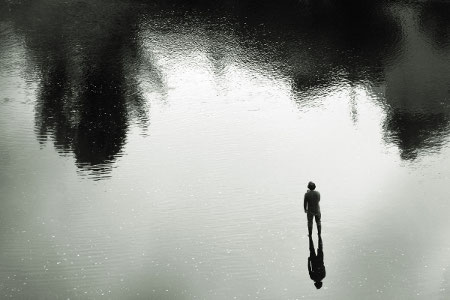The making of Octopus’s Den was initiated by Knut Aufermann and Sarah Washington (AKA Mobile Radio) during a short visit they made to our HQ in Barrow Park. They introduced us to the technique of pause-button recording which is a simple way of realtime editing of live recording using the pause button on the recorder (in this case the Zoom H4n) and suggested that we use it to make a piece of work based on the activity in our office and studios. What you hear is drawn from both significant and mundane events in our collective life over the last few months including:
our ancient plumbing system after flushing the loo
an office meeting to discuss the strategy for our application to Arts Council England for portfolio funding for 2012-15
pieces commissioned for our events on the Bandstand in the park from artists Paul Rooney (Spit Valve) and Mark Vernon (Christmas Rewind)
clearing up glass from a window broken by vandals
John learning the violin
moving equipment around
walking upstairs
and much more…..
we hope you find something to enjoy.
Octopus Collective is a not-for-profit Sound Arts company led by three professional artists with an associate membership drawn from a broad range of practitioners working from the old Park Keeper’s house in the middle of Barrow Park in Barrow in Furness. Alongside their own practice they curate the Full of Noises festival which is an annual programme of experimental music and sound art based in Cumbria UK. The first FON Festival took place in October 2009 with a programme that included 4 residencies/commissions, a weekend of live performances, radio broadcasts and a workshop programme.

